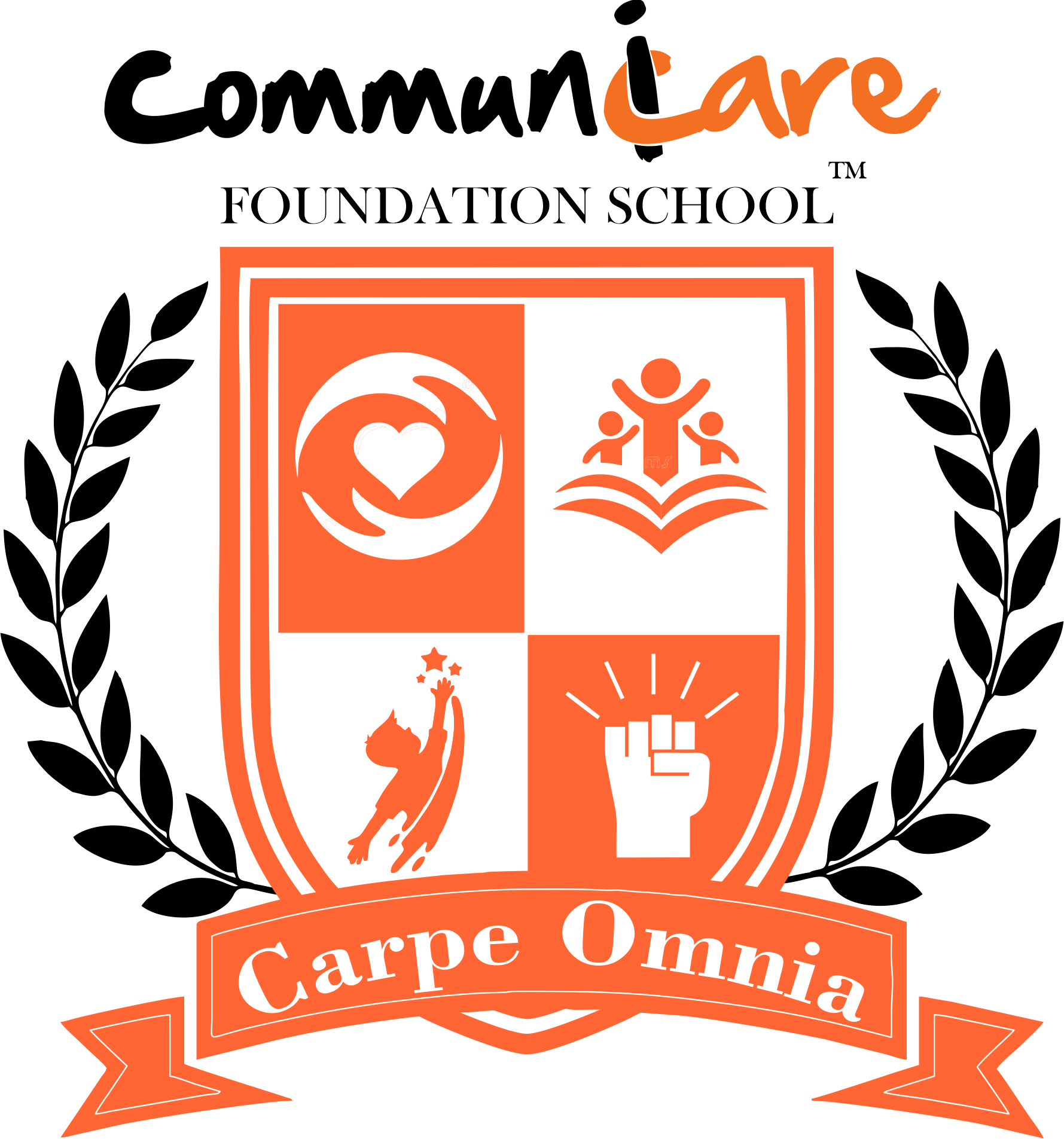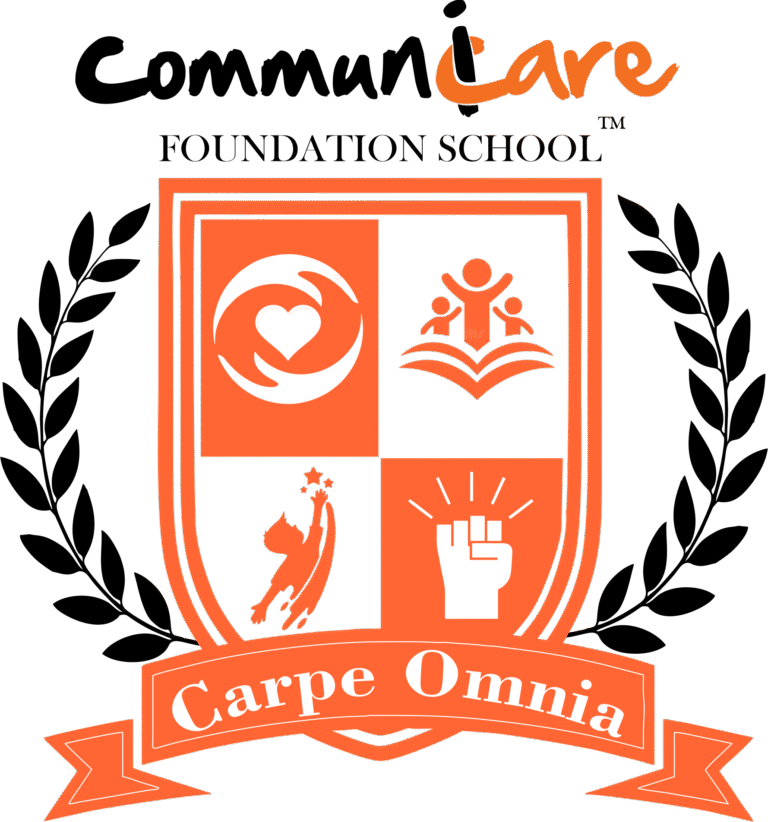Healing Through Harmony: The Power of Music Therapy

What Is Music Therapy?
Music therapy is a research-driven clinical practice where trained professionals use music to help individuals achieve specific health-related goals. It isn’t about learning to sing or play an instrument—it’s about using music intentionally as a tool for healing and transformation.
Through singing, songwriting, listening, movement, or playing instruments, people can explore emotions, improve motor function, reduce stress, enhance memory, and communicate more effectively.
How Music Therapy Works
Music affects the brain on a deep neurological level. It activates areas related to emotion, movement, memory, and even language. Therapists use this to their advantage, tailoring sessions to each person’s goals.
Four Core Methods Used in Music Therapy:
- Listening (Receptive Therapy): Calms the nervous system and stimulates emotional processing.
- Creating (Improvisation & Composition): Allows emotional expression through original melodies or lyrics.
- Performing (Re-creation): Builds confidence and coordination by singing or playing familiar songs.
- Movement-Based Music: Helps in physical rehabilitation through rhythm-driven body engagement.
Benefits of Music Therapy
- Reduces Anxiety and Stress: Music has a natural calming effect on the brain. It can reduce cortisol levels, helping clients cope with anxiety, trauma, and panic disorders.
- Supports Emotional Expression: For those who struggle to articulate feelings—such as children, trauma survivors, or individuals with autism—music becomes a safe and creative outlet.
- Enhances Memory and Focus: In patients with Alzheimer’s or dementia, familiar music can trigger positive memories. In stroke survivors, rhythm can stimulate language and memory recall.
- Improves Motor and Physical Skills: Drumming or rhythmic movement is used in rehabilitation to restore coordination and motor control after injuries or neurological disorders.
- Promotes Social Connection: Group sessions encourage teamwork, empathy, and communication. It’s especially helpful for children, teens, or people with developmental challenges
Common Goals in Music Therapy:
- Emotional regulation
- Pain management
- Cognitive stimulation
- Social skill development
- Speech and language recovery
- Stress and anxiety reduction
What Happens in a Session?
A music therapy session typically involves:
- Setting personal or therapeutic goals
- Engaging in musical activities (playing, singing, writing, or listening)
- Reflecting on feelings or memories triggered by the experience
- Tracking progress over time
Each session is tailored to the individual’s needs—whether clinical, emotional, or developmental.
Real-Life Examples:
- A child with autism learning to express emotions through drumming.
- A stroke patient regaining speech through melodic intonation therapy.
- A senior with dementia reconnecting to family through a favorite song
- A senior with dementia reconnecting to family through a favorite song
How to Access Music Therapy?
Look for a Board-Certified Music Therapist (MT-BC) through professional associations like:
- American Music Therapy Association (AMTA)
- Certification Board for Music Therapists (CBMT)
Many hospitals, schools, and rehabilitation centers offer music therapy as part of their programs.



